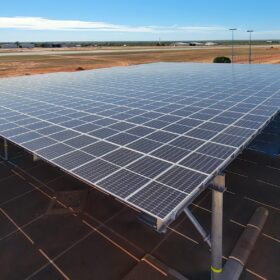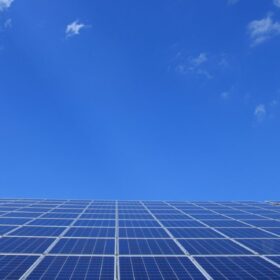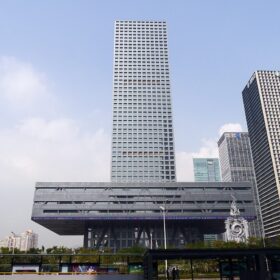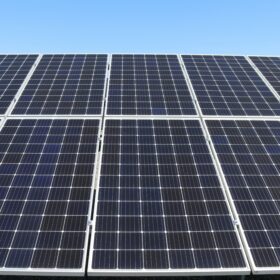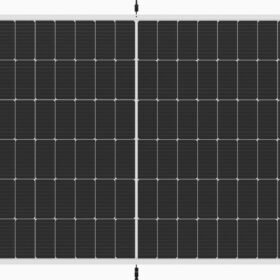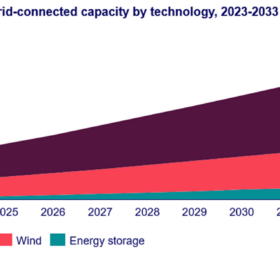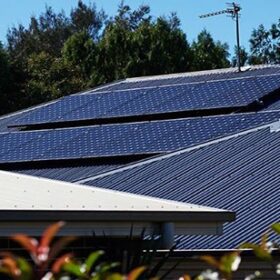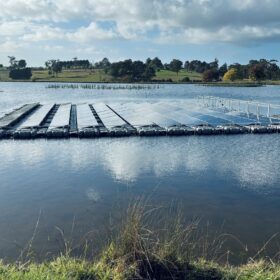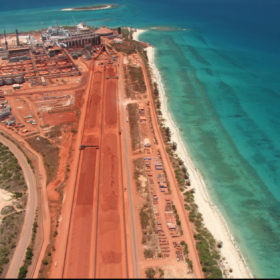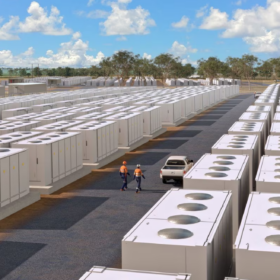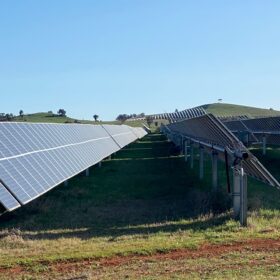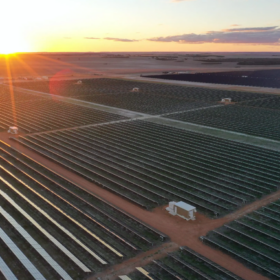Broome International Airport to install 400 kW of solar on carpark structures
Broome International Airport has engaged energy solutions company GenOffGrid to install a 400 kW solar covered carpark at its main terminal, to compliment two more systems in the pipeline with a total capacity of 660 kW.
Solar nears 9% of U.S. total electric generation capacity
The monthly energy infrastructure update from the Federal Energy Regulatory Commission shows solar accounted for nearly 80% of capacity additions in May, continuing its dominance of new-build generation in the United States.
Longi, Aiko Solar, TCL Zhonghuan, Tongwei to post H1 losses
Longi says it expects a net loss of CNY 4.8 billion ($980 million) for the first half of 2024, while Tongwei is bracing for a CNY 3 billion loss. Aiko Solar and TCL Zhonghuan, meanwhile, are predicting losses of CNY 2.9 billion and CNY 1.4 billion, respectively.
Queensland gas-fired ammonia plant to switch to $28 million of renewables
A $28 million hybrid renewable energy system comprising solar and battery energy storage is to replace gas-fired generation at the Incitec Pivot Fertilisers plant in Queensland aided by the Australian government’s Powering the Regions Fund.
GoodWe unveils double-glass TOPCon bifacial solar modules
GoodWe has developed new double-glass tunnel oxide passivated contact (TOPCon) bifacial solar modules for its Polaris series, available in 530 W and 580 W variants.
WoodMac predicts 3.8 TW of new solar by 2033
Wood Mackenzie says that solar will account for 59% of new renewables between 2024 and 2033. China is expected to drive the growth, accounting for half of new solar deployment over the projected time period.
Queensland outshines interstate rivals in rooftop solar stakes
Victorian solar company Solar Run has identified Queensland’s “aggressive” renewable energy policies as the driver for the state’s impressive PV installation rates with new analysis showing it leads Australia with more than 54,000 installs.
Buildings as renewable energy hubs in clear view of smart window company
A Western Australian smart window technology manufacturer has secured a repeat order from the USA hot on the heels of its role in Australia’s first commercial building installation in Victoria.
Benefits of floating solar on display for agribusiness sector in Victoria
A 50 kW floating solar system deployed on a lake at Lardner Park in southeast Victoria is being used to demonstrate the benefits of the technology for Australia’s agribusiness sector, including its ability to utilise water bodies instead of pastures that contribute directly to farming profit.
Rio to install two 5.25 MW solar farms at NT mine site
Resources giant Rio Tinto will install two 5.25 MW solar farms at its Northern Territory Gove Peninsula bauxite mine to reduce carbon emissions and leave sustainable power supply for First Nations people after the mine’s closure later this decade.
